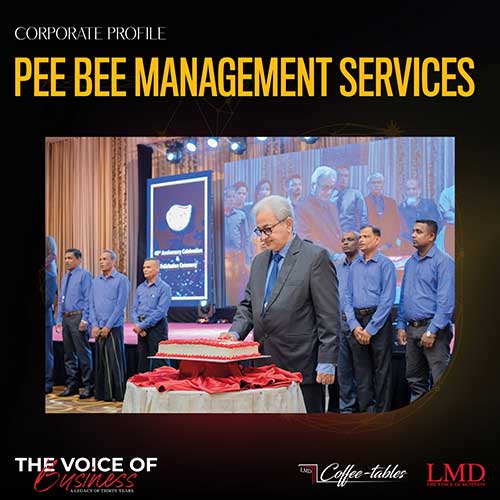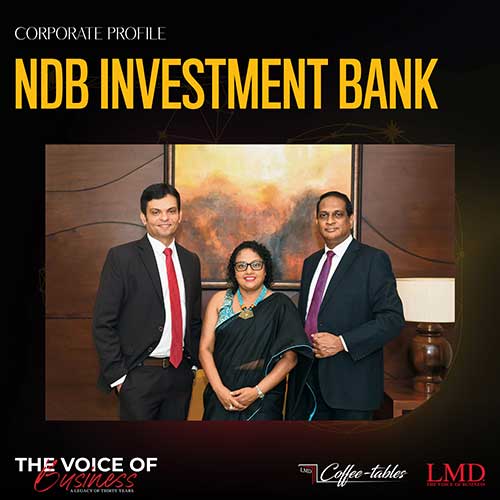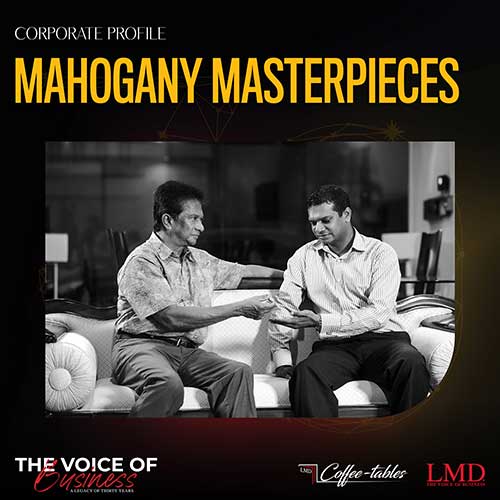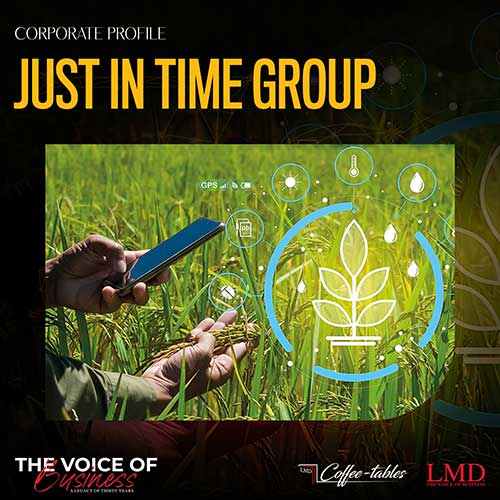PATH OF PROGRESS
RISING TIDE IN MEDIA
Angelo Fernando looks back at how an audacious magazine anticipated the advent of the digital age

The magazine’s mission was “to be a vehicle for promoting management excellence, business acumen and a Sri Lankan identity”
Picture a typewriter clacking away in an upstairs room with three tables and a large window overlooking Cosmos Avenue. Down the street from here, Sir Arthur C. Clarke is probably typing another sci-fi scenario about a different cosmos.
Michelle Leembruggen, sitting across from me, is banging out ‘copy’ for an advertising campaign that was due yesterday. She shoos away the account manager who pokes his head through the door. At the opposite end of the room, I watch, fascinated by how advertising works.
It’s 1993. Mark Zuckerberg is probably sitting in a high school class, chewing on a pencil. At this moment, typewriters and Apple Macs work side by side. In our basement are Adobe illustrators and air brush artists.
We were crossing a threshold, tiptoeing into the networked era although we didn’t know it then. Newspapers, which locked up a huge slice of advertising budgets, would soon be hit by a gale force of digital media.
One day in 1993, a ‘media guy’ walked into my room with a business pitch for a new magazine. Was there an opportunity for our strategic planners to incorporate magazine ads? Targeted media that would reach a very specific demographic?
It was an enticing idea. TV ads were stocked with supermodels holding up a plastic bottle that removed pimples. ‘Segmentation,’ the holy grail of marketing, was a bullet point in presentations.
This magazine – the ‘first of its kind’ – would have loyal readers, he assured. A CEO on an international flight would have reading material for a few hours. The magazine’s mission was “to be a vehicle for promoting management excellence, business acumen and a Sri Lankan identity.”
What happened next was even more surprising…
I neglected to tell you that my visitor was Hiran Hewavisenti, the publisher of Lanka Monthly Digest (LMD). In response to his pitch (for what seemed like one of those ‘big hairy audacious goals’ business gurus would soon talk about), I gave him my spiel on how business journalism in the present media was nothing more than thinly veiled press releases.
Advertising was hungry for something less bland, I murmured. How could his magazine be different?
The idea of a ‘digest’ reminded me of the Reader’s Digest, not Forbes. Sensing my scepticism, he slid a proposal across my desk and asked me to think about it. And as he walked to the door, he threw a gauntlet. If I didn’t like the content I was seeing in today’s business media, why don’t I write something for his nascent publication?
And then he left…
Then the typewriter at the opposite desk resumed its furious clacking. A few minutes later, I fired up my Apple Color Classic and started typing too, in my two finger hunt and peck method.
It was clear that LMD, which threw a pebble in the placid waters of the media, had caused a few ripples

A month later, I had taken the bait. I was a columnist.
Fast forward to 1995. More Apple Macs and a fancy-schmancy laser printer filled the upstairs room as I migrated to the US with my family. It was clear that LMD, which threw a pebble in the placid waters of the media, had caused a few ripples. The masthead was redesigned. The red border became its identity. Media was on a roll. Private radio and TV stations soon pierced the veil of state media. A fresh batch of journalists, TV hosts and DJs opened up new slots to the delight of marketing and advertising, covering stock markets, business sentiment and travel.
In Sri Lanka today, we can no longer count the media on one hand. Typewriters have given way to TikTok. The tide that began to rise with an audacious digest would soon lift all boats.





